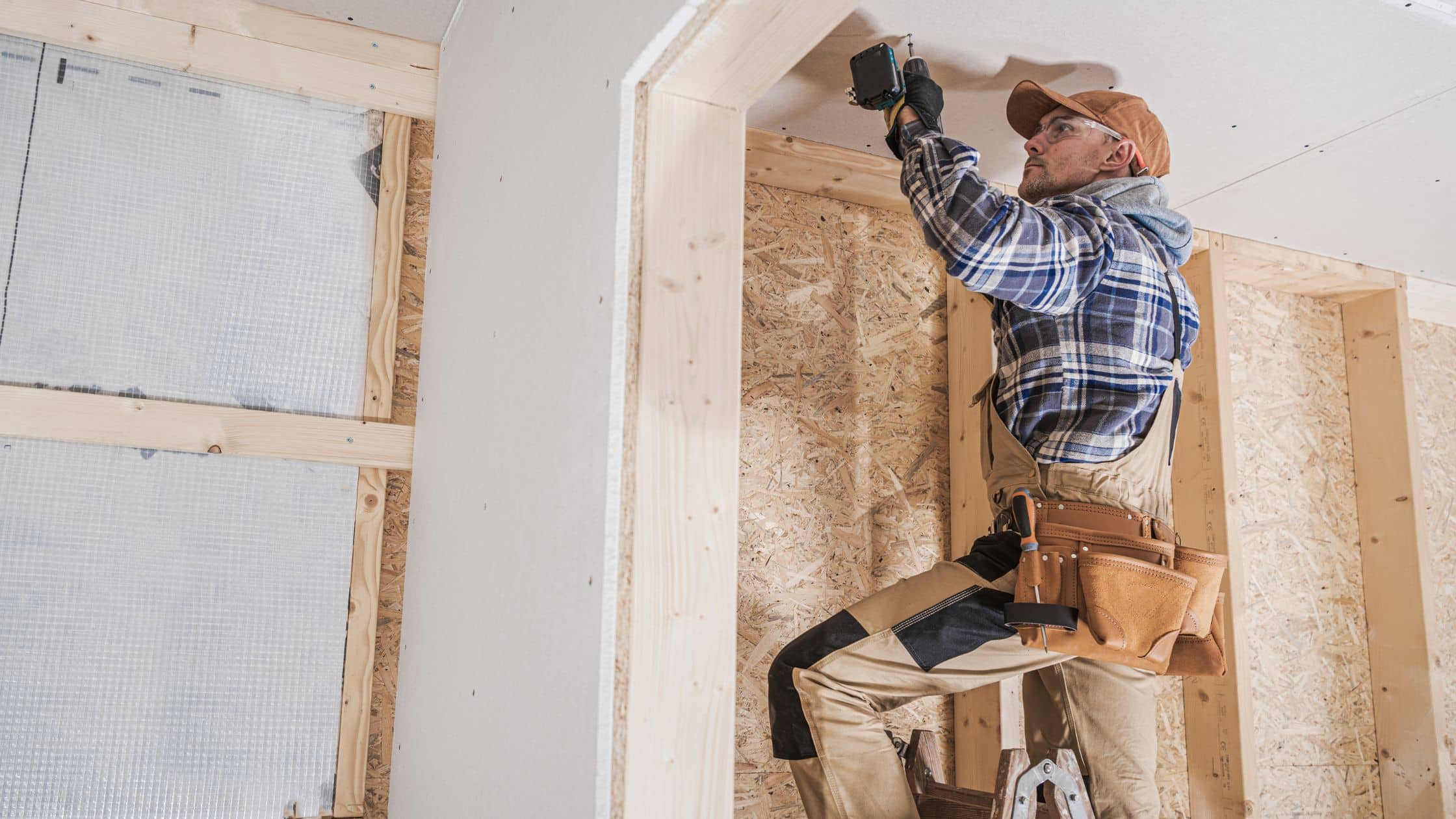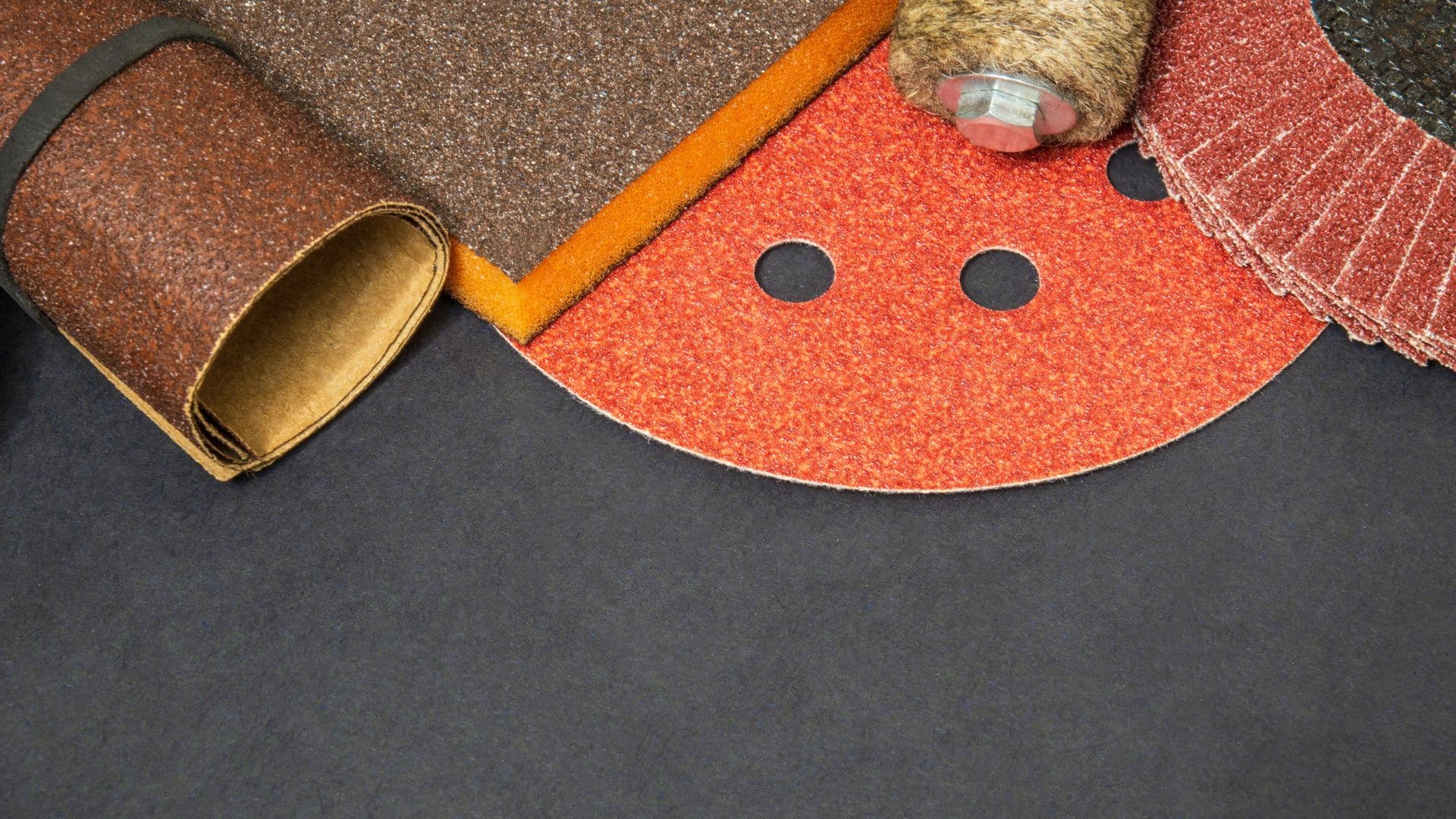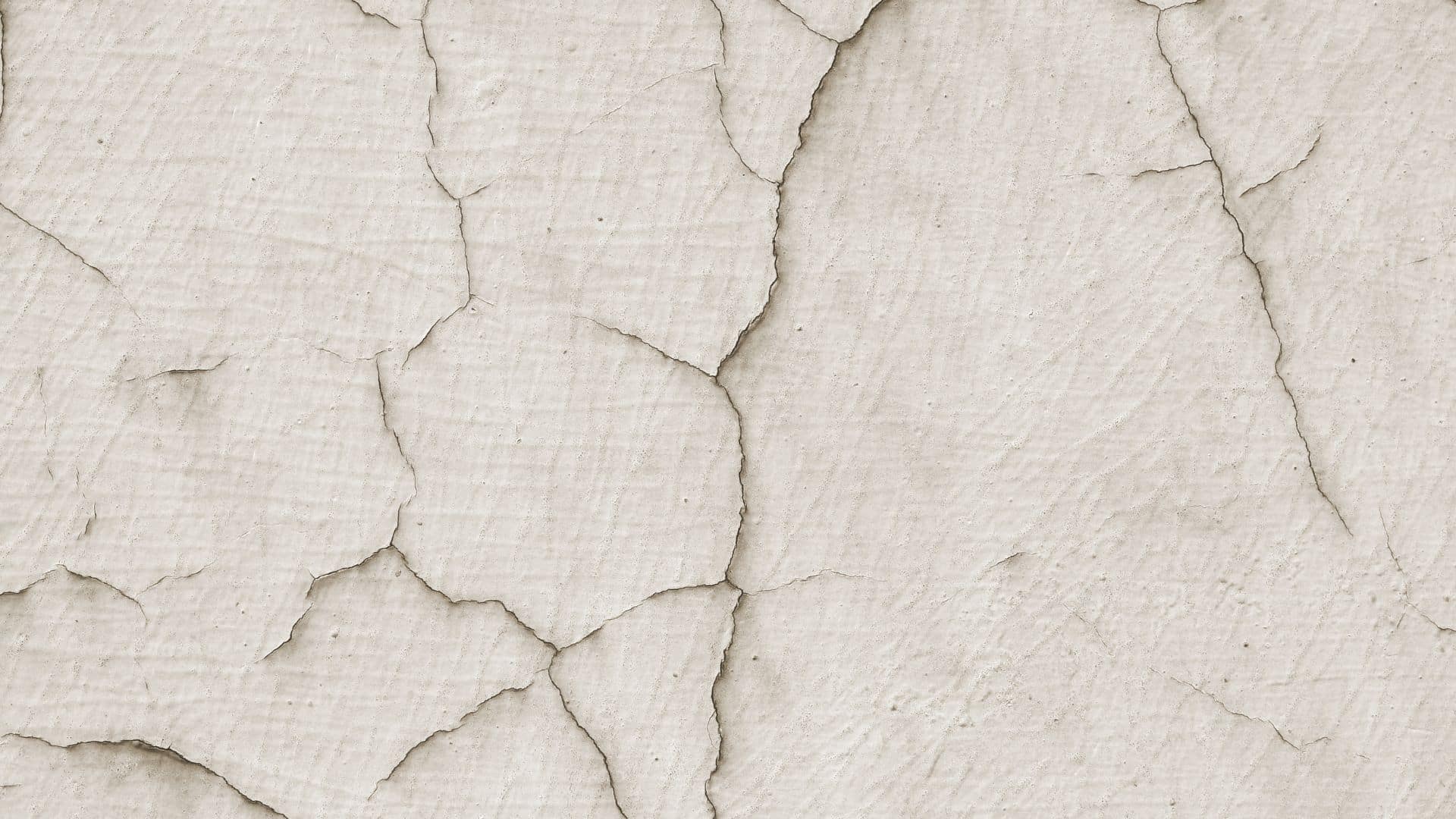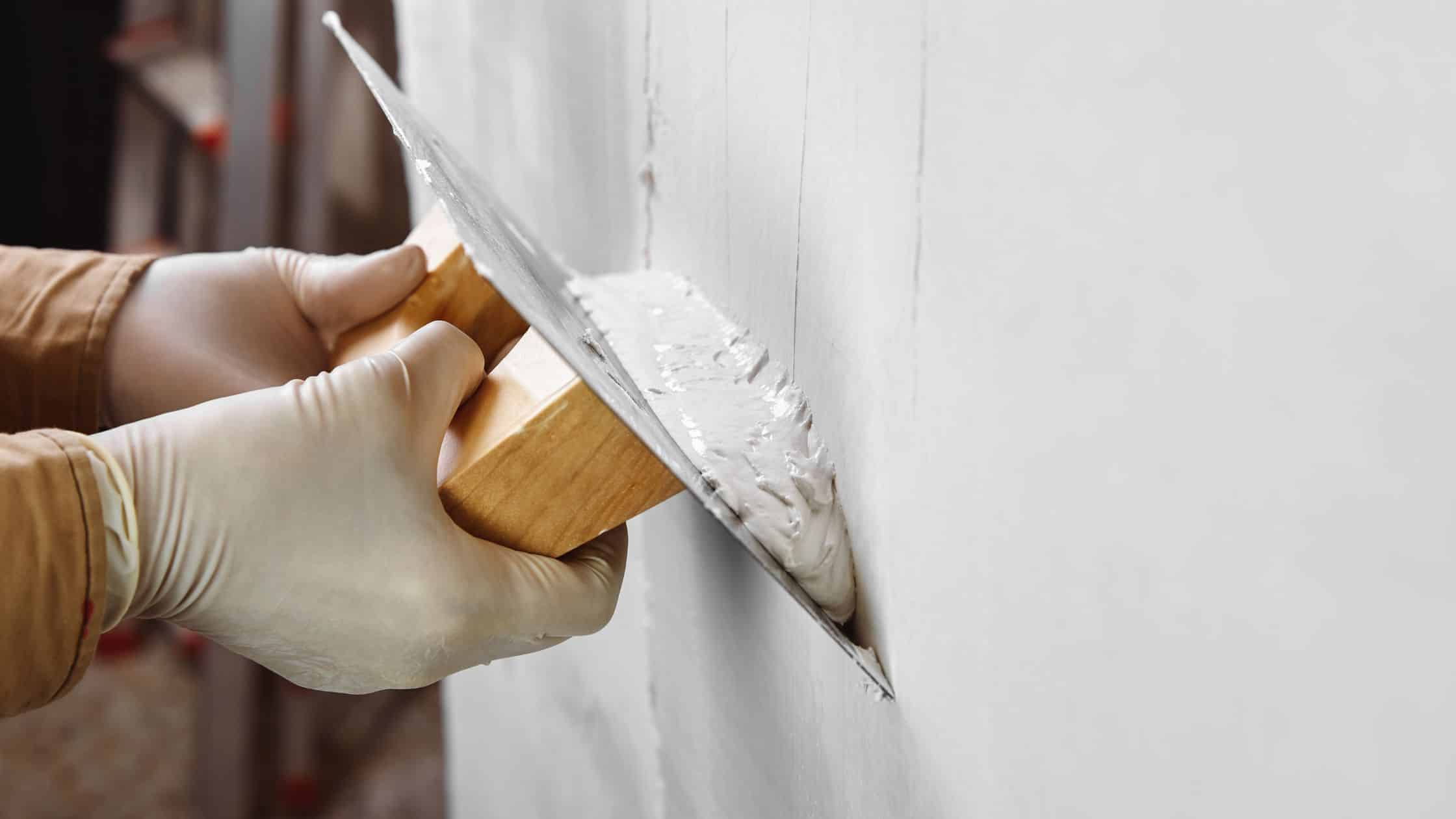Plaster walls feel harder, are often thicker, and usually sound solid when tapped. Drywall has a more uniform surface and sounds slightly hollow. Small tests like tapping, poking, or removing an outlet cover can quickly reveal which one you have. How to Tell If Your Walls Are Plaster or Drywall Whether you’re patching a hole,...




